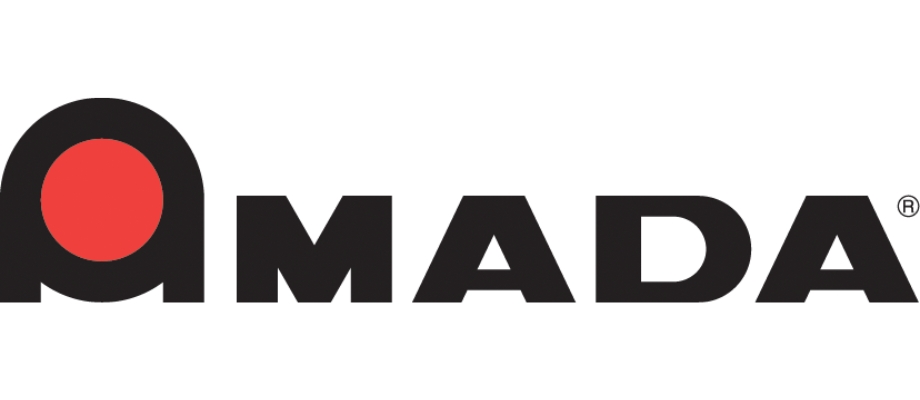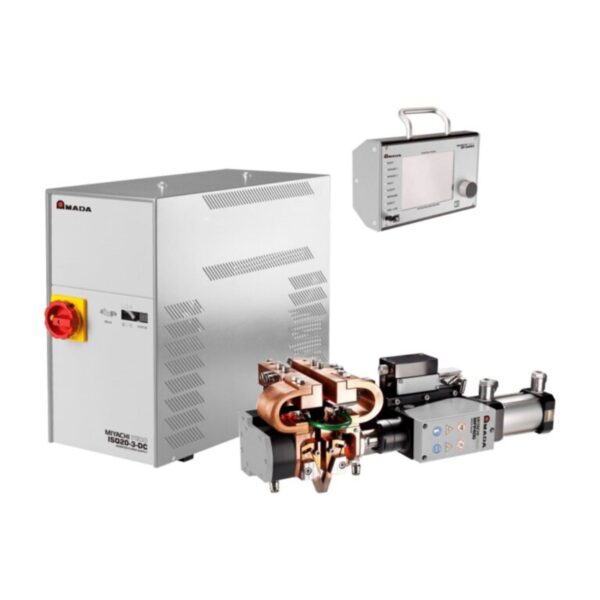AMADA – Advanced Data Analysis Monitor – WM-100A
With an ever-increasing emphasis on accountability, AMADA WELD TECH’s WM-100A is the most advanced resistance welding monitoring system available from any manufacturer. Built in the USA, the WM-100A offers more of the information you need for re…
With an ever-increasing emphasis on accountability, AMADA WELD TECH’s WM-100A is the most advanced resistance welding monitoring system available from any manufacturer. Built in the USA, the WM-100A offers more of the information you need for resistance welding process development, production monitoring and data to support your ISO, and GMP and TQM requirements.























